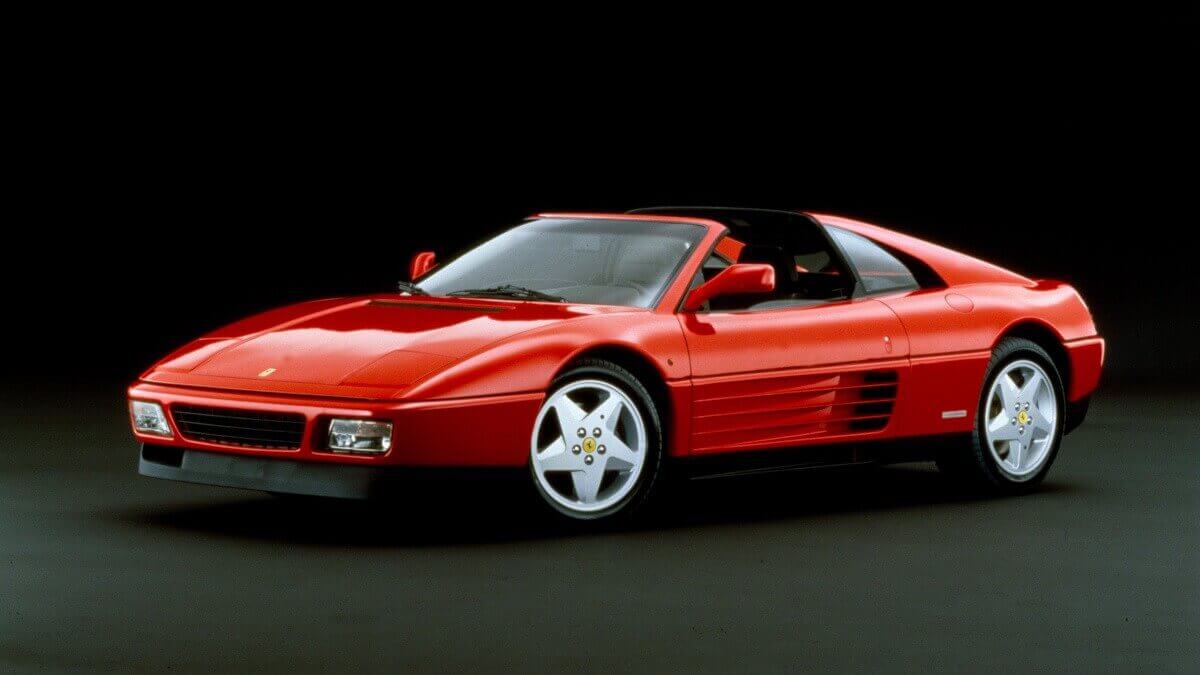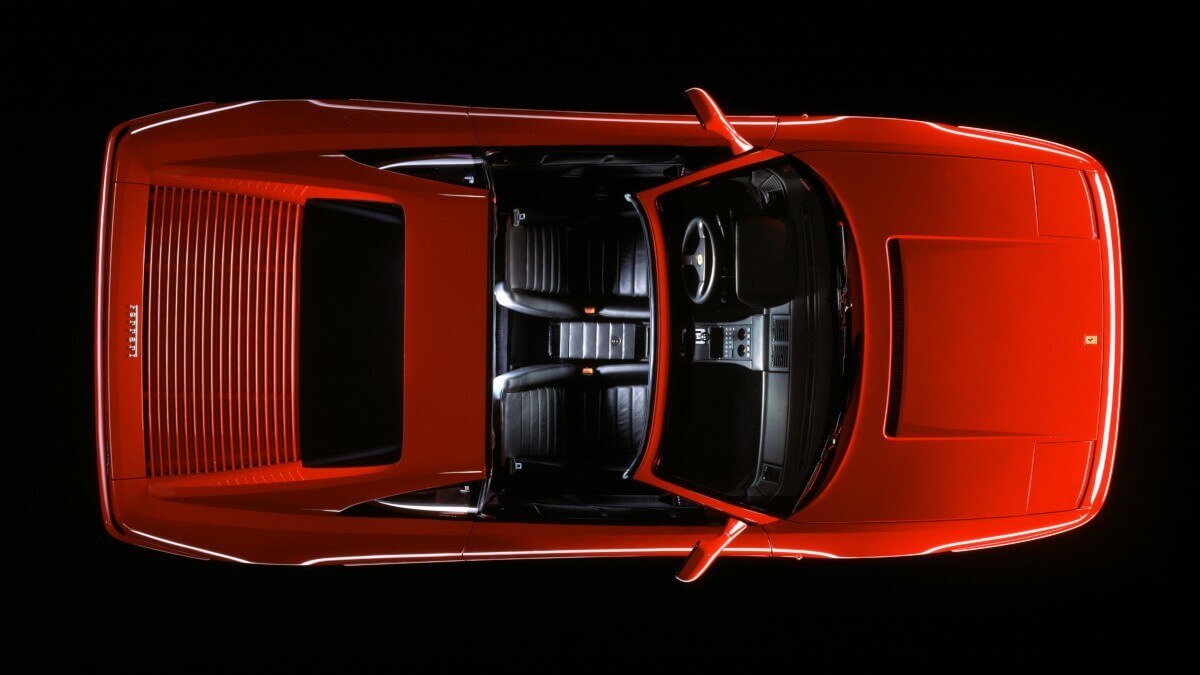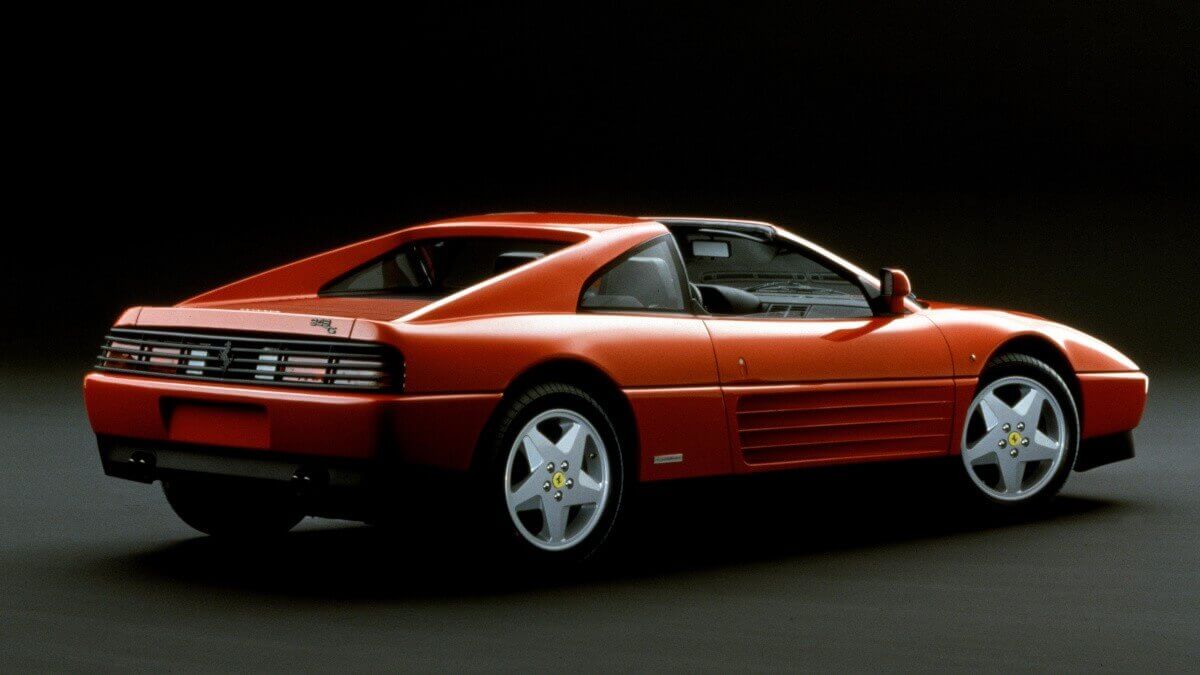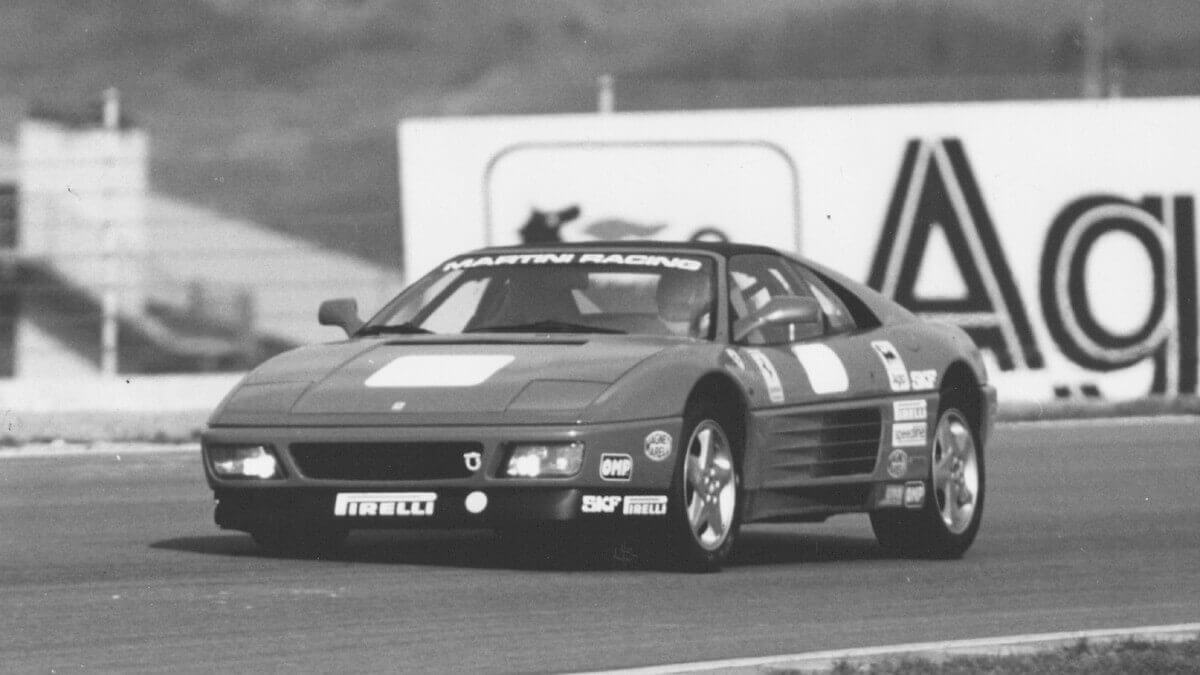30 Years of Ferrari 348
Ferrari and mid-engined V8 sports cars, this pairing today is rather common to car fans. But many of them forget that this tradition only exists since 1974, when the Dino 308 GT4 debuted as the successor to the Dino 246. While the 246 still had a V6 engine, the 308 got the newly developed V8 and justified a new model family. But only a year later this really started with the new 308 GTB (Coupé) and 308 GTS (with Targa-top roof). After all, the 308 GT4 in the beginning was still a Dino and not a ‘real Ferrari’ for many customers, which only changed in 1976, when it finally got the Ferrari badges. In 1985, the 308 was further developed into the 328, visually recognizable by wider plastic bumpers at front and rear. Four years later, the successor 348 debuted as a completely new developed car. Again, Ferrari offered it from the start in two body styles, the coupé tb (Trasversale Berlinetta) and the ts (Trasversale Spider) with a removable Targa roof above the heads of the passengers. After several customers asked for it, in 1993 a full convertible called Spider followed as well with retractable fabric roof. While the 308/328 still was based on a classic tubular frame, the 348 received a self-supporting aluminium bodywork with more rigidity.
Optically, the design team focused on the successful bigger model brother, the V12-powered Testarossa. Similar to this, the 348 shows slots in the doors to get cooling air into the car. Blowers suck it in and towards the newly developed V8 engine with 3.4 liters of displacement. This not only provided the name (3.4 liters and 8 cylinders), but also initially delivered 220 kW/300 hp (217 kW/295 hp with catalytic converters) and 304 newtonmeters of torque. Behind the engine block sat the manual five-speed gearbox, arranged transversally like in the Mondial t, resulting in a T-shaped design (trasversale in Italian). With this power, the tb reached a topspeed of 275 kph (171 mph). The introduction of the Spider brought some modifications of the engine, like new valves and pistons, a new engine control unit and changes at the intake manifold, resulting in a power increase of 15 kW/20 hp. From the second half of 1993 this was also available in the two other body versions, which then were renamed to GTB and GTS. Another optical quote of the Testarossa was the black grille panel at the rear, behind which also the taillights were mounted.




































Ferrari also founded the in-house one-make cup, the Ferrari Challenge, with the 348. Together with Michelotto, they developed the racing version GTC (C for Competizione) steadily over the years. Finally, they even offered a version capable of GT racing to customers, which for example raced at the 24 Hours of Le Mans with a 530-hp strong version of the V8 engine. Some 348 GTC were even approved for street use later on. A total of only 56 copies of the GTC came originally from the factory, but many private customers upgraded their cars visually and technically.
While the 348 as tb/GTB and ts/GTS was the volume model of Ferrari in those days with a planned production of up to 2,500 cars per year, the Spider remained a rarity with a total of only about 1,100 copies built. Accordingly, the price policy on the used car market looks like today. Currently, good copies of the tb/GTB or ts/GTS are still available between 50,000 and 80,000 euros, while the prices for a good Spider begin just there. However, prices might go up in the next few months, as the 348 now officially reaches the age of historical cars in many European countries.
Images: Ferrari




